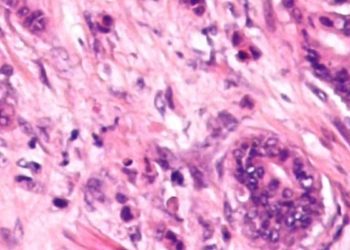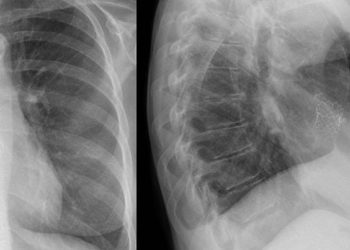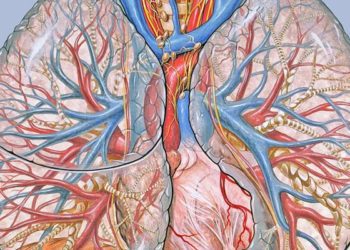[Researcher Comment] Stylet use does not improve neonatal intubation success rates among trainees
Image: CC/DDave
Study author, C. Omar F. Kamlin, DMedSci, talks to 2 Minute Medicine: The Royal Women’s Hospital, Melbourne, Australia
“Our study confirms previous observations that trainee pediatricians are frequently unsuccessful at intubating newborn infants. Moreover, the use of stylet was not found to confer a benefit in overall success rates. However, there was a trend towards improved success rates using the stylet amongst the most inexperienced residents, so we suggest that training for novice residents should include the use of a stylet. Finally, our study suggests that clinical skills training of practical procedures in neonatal intensive care needs to be re-evaluated, revised and improved”
Key study points:
- Stylet assistance did not improve neonatal intubation success rates overall but did increase success rates among the most inexperienced trainees.
- With or without stylet assistance, trainees only successfully intubated neonates on their first attempt a little over half the time.
Primer: Intubation of the neonate is critical, life-saving intervention in both the delivery room and the neonatal intensive care unit (NICU). It is so important that pediatric training programs around the globe mandate proficiency. However, the small size of the neonatal airway makes intubation difficult and studies have found that many trainees’ intubation skills are not up to par. As such, there is an urgent need to evaluate the way intubation is taught and find new ways to improve skills (1,2).
One of the reasons neonatal intubation is particularly difficult is that when the plastic endotracheal tube is exposed to the radiant heater at the neonates’ bedside, it becomes more flexible and thus more difficult to guide into the airway. It is for this reason that stylets were introduced. Stylets are sterile, plastic-coated wires that can be inserted into the endotracheal tube to provide form and ease intubation. While stylets are widely used, they have not been shown to improve intubation success rates in neonates. Therefore, the present work assesses whether the use of a stylet improves neonatal endotracheal intubations by trainees of various levels (3,4).
Background reading:
- Neonatal resuscitation 2010 International Consensus
- Neonatal Intubation: success of pediatric trainees
- Up-to-date: Neonatal resuscitation in the delivery room
- Up-to-date: The difficult pediatric airway
This [randomized controlled] trial: evaluated 232 infants intubated in the delivery room or NICU of a tertiary perinatal care center (the Royal Women’s Hospital, Melbourne, Australia) by pediatric residents or fellows. A total of 304 intubations were randomized to either receive stylet assisted intubation or intubation alone. Given the nature of the intervention, it was not possible to blind trainees to the presence or absence of a stylet. The primary outcome evaluated was successful intubation on initial attempt, confirmed by the presence of exhaled carbon dioxide. Secondary outcomes included adverse outcomes measured by blood stained aspirates, drop in oxygenation, and drop in heart rate.
The success of the first intubation was not significantly different between groups (57% in the stylet group vs 53% in the no-stylet group; p=0.47). There was also a non-significant trend toward better outcomes with the use of a stylet by operators who had never successfully intubated (53% vs 31%, p=.21). Finally, there were no significant differences in adverse outcomes between the two groups.
In sum: This is the first study to evaluate the efficacy of stylet-guided neonatal endotracheal intubation, a widely used tool amongst trainees. Stylets offered no significant improvement in intubation success rates on first attempt. A major limitation of this study is that it was not powered to find a statistically significant difference in the subgroup of the most inexperienced trainees. Given no difference in adverse outcomes, this study suggests that stylet use may be beneficial for novice residents and should be left up to physician preference. Further, this study calls attention to the need for more large-scale studies to revaluate intubation training techniques.
Click to read the study in the current issue of Pediatrics
By [MS] and [LH]
More from this writer: Pediatric versus Obstetric recommendations for in-utero peds consult, New worldwide target for reducing preterm births by 2015, No-cost contraception reduces unintended pregnancies
© 2012 2minutemedicine.com. All rights reserved. No works may be reproduced without written consent from 2minutemedicine.com. Disclaimer: We present factual information directly from peer reviewed medical journals. No post should be construed as medical advice and is not intended as such by the authors or by 2minutemedicine.com. PLEASE SEE A HEALTHCARE PROVIDER IN YOUR AREA IF YOU SEEK MEDICAL ADVICE OF ANY SORT.




